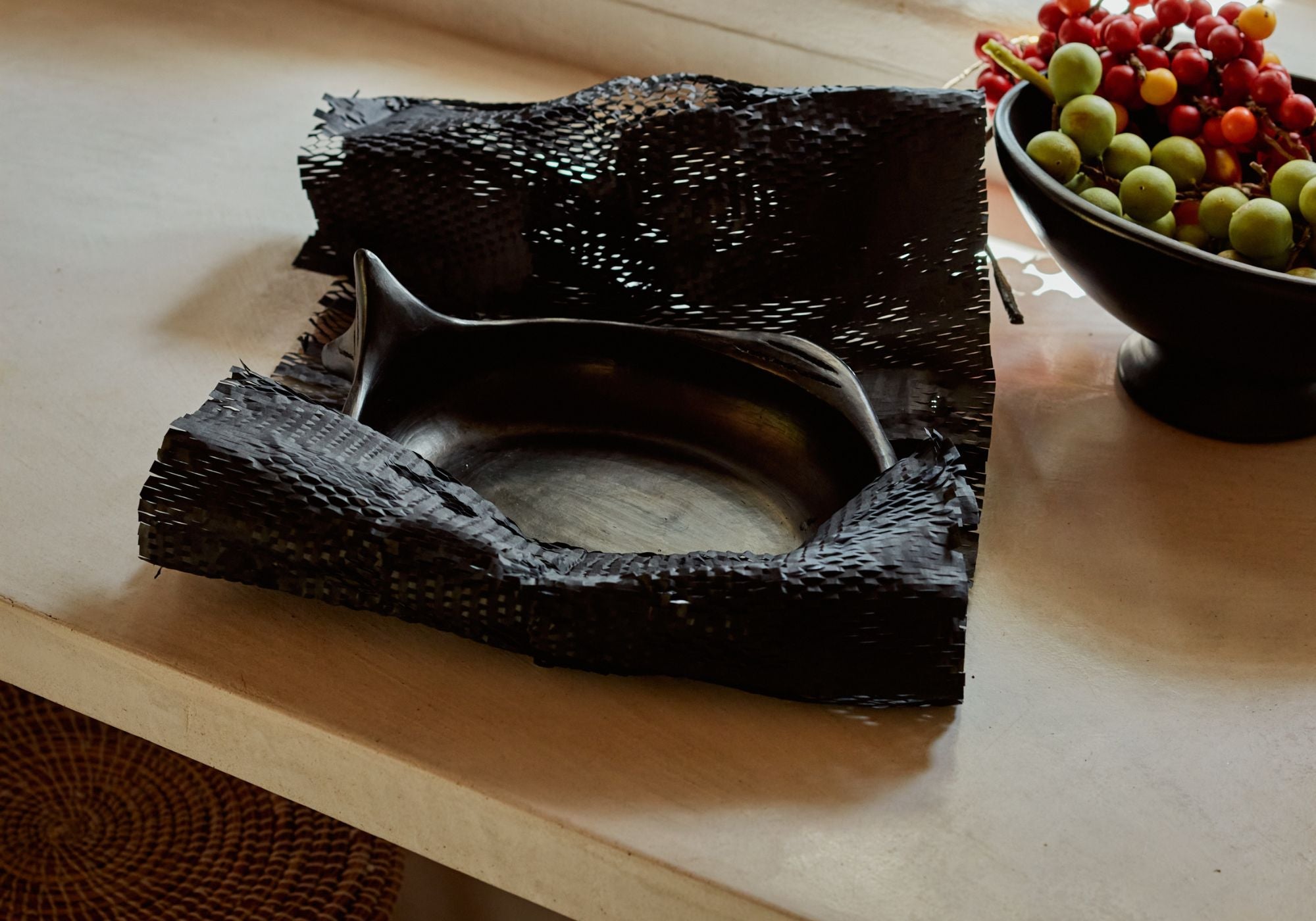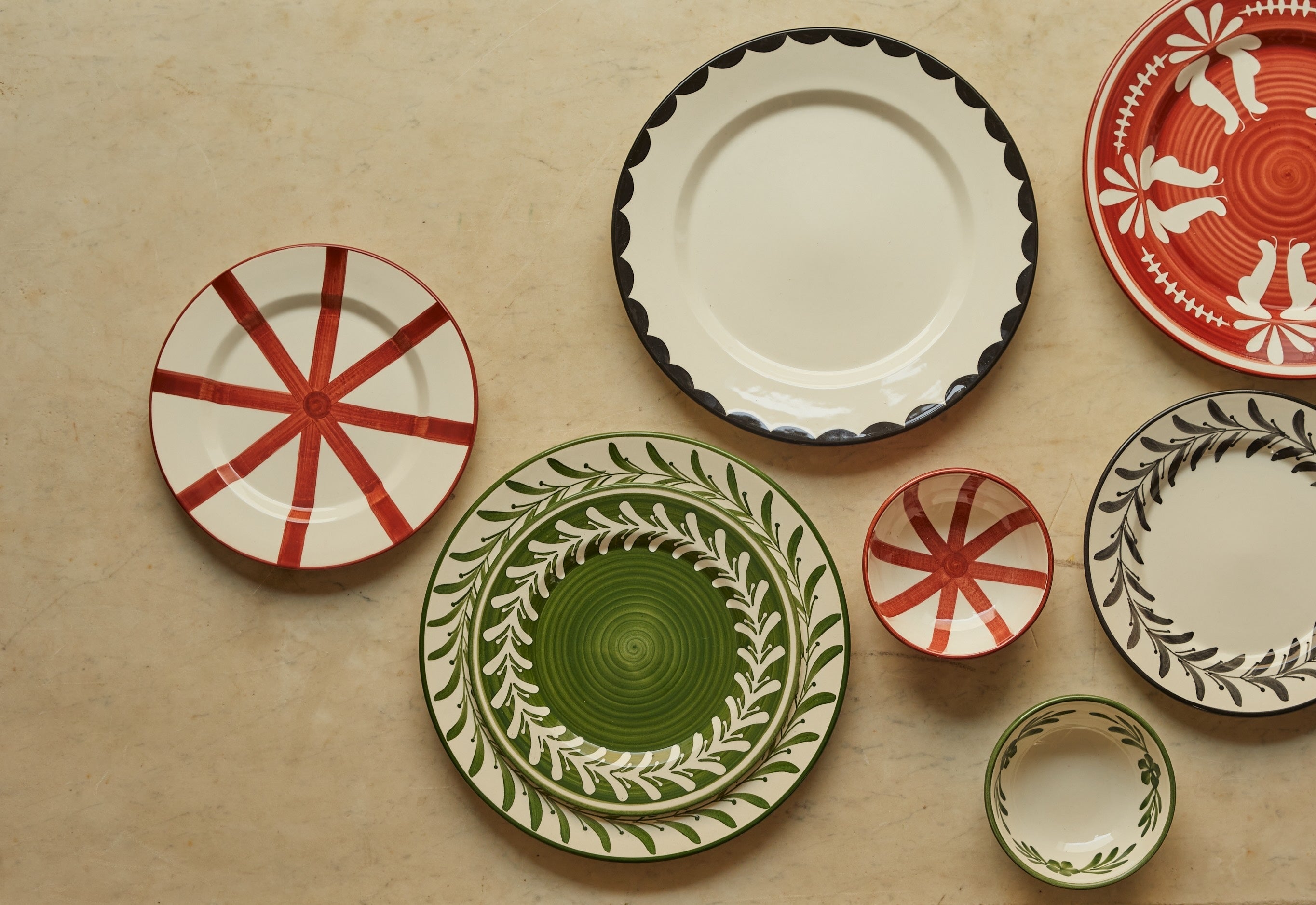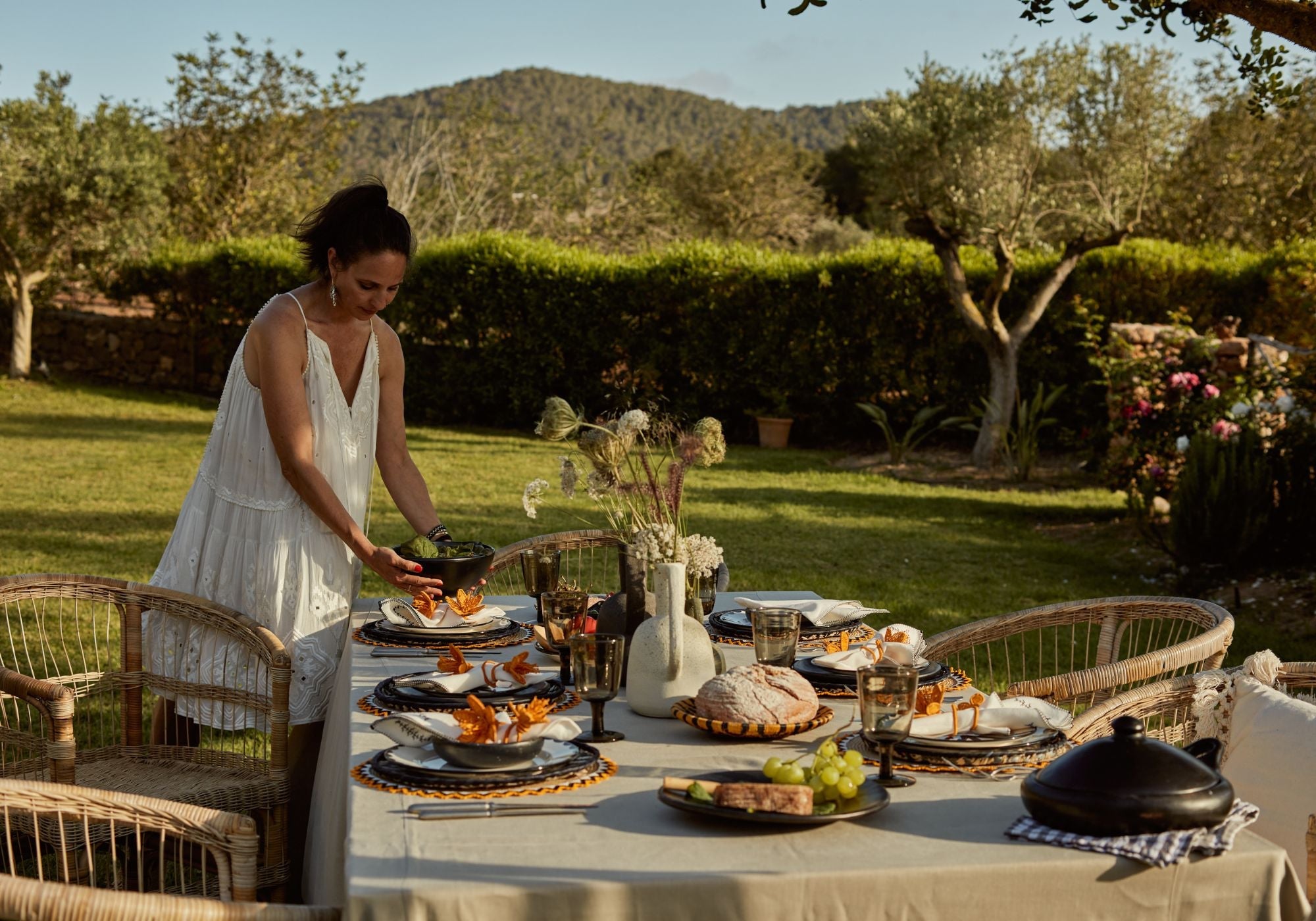
The Ultimate Guide to Caring for Your Chamba Pottery: Tips and Tricks for Maintenance and Longevity
Welcome to 'The Ultimate Guide to Caring for Your Chamba: Tips and Tricks for Maintenance and Longevity.' Whether you're a seasoned Chamba owner or new to the world of ceramic cookware, this comprehensive guide is all you need to keep your Chamba Pottery in top shape for years to come.
At CasaLatina we are strong believers in hostware that is beautiful, practical and long lasting. With proper care, Chamba Pottery can last a lifetime. We hope that by following these simple steps, you can enjoy your Chamba piece for many years to come.
Welcome to 'The Ultimate Guide to Caring for Your Chamba Pottery: Tips and Tricks for Maintenance and Longevity.'
Before we delve into the nitty-gritty of Chamba care, it's important to understand the unique properties of this exceptional cookware. Chamba is a type of traditional ceramic cookware that originated in the Chamba region of Tolima, Colombia. With a distinctive mat black hue, and organic shapes - Chamba pottery has become a connoisseurs 'secret'. 'Not just a pretty face', Chamba Pottery is extremely practical - fit for use in the oven, microwave and even on direct flame. It is renowned for its exceptional heat retention, even cooking, and ability to infuse dishes with a distinct earthy flavour. The unique clay composition and traditional firing process give Chamba Pottery its signature rustic charm and durability, making it a beloved choice among passionate home cooks and professional chefs alike.

Seasoning and preparing chamba for its first use
One of the most crucial steps in caring for your Chamba Pottery is the initial seasoning process. This step not only prepares the surface for optimal performance but also helps to establish a protective patina that will enhance the cookware's longevity. Follow these simple steps to season your Chamba properly:
First, wash the Chamba Pottery piece thoroughly with warm water and a mild, non-abrasive soap. Avoid using harsh detergents or scouring pads, as these can damage the delicate surface. Dry the Chamba completely with a clean, soft cloth or paper towels.
Next, fill your piece 2/3 with clean, cold, soft water. Place your Chamba Pottery in a hot oven at 150C for 30-40 minutes. Remember to allow the Chamba to cool completely before handling it, as the ceramic can become quite hot during the seasoning process
We recommend that before each use, you apply a thin layer of high-quality cooking oil, such as vegetable, coconut, or olive oil, to the interior surface of the Chamba Pottery. Be sure to cover the entire surface, including the sides and bottom. Avoid using too much oil, as this can lead to a sticky or gummy residue. Each subsequent oiling will further enhance the Chamba's natural release properties and protect the surface from staining or discolouration.


Cleaning and maintenance tips for your Chamba Pottery
Proper cleaning and maintenance are essential for preserving the longevity and performance of your Chamba cookware. Unlike modern non-stick pans, Chamba requires a gentler approach to cleaning to avoid damaging the delicate surface. Follow these tips to keep your Chamba Pottery in pristine condition:
After each use, allow the Chamba to cool completely before attempting to clean it. Rinse the interior with warm water, using a soft sponge or cloth to gently remove any food residue. Avoid using abrasive scouring pads or harsh cleaners, as these can scratch the surface and compromise the seasoning. If there are any stubborn food particles, try soaking the Chamba in warm water for a few minutes before gently scrubbing.
For a more thorough cleaning, you can use a mild, non-toxic soap. Apply the soap or cleaner to a damp sponge or cloth and gently scrub the interior, taking care not to let the water sit in the Chamba for too long. Rinse the Chamba thoroughly with clean water and dry it completely with a soft cloth or paper towels.
It's important to note that Chamba Pottery should never be placed in the dishwasher, as the high heat and harsh detergents can damage the surface and compromise the seasoning. Additionally, avoid using metal utensils, as these can scratch the delicate surface. Instead, opt for wooden, silicone, or plastic utensils when cooking with your Chamba Pottery.


Proper storage for your Chamba
Proper storage is another crucial aspect of maintaining the longevity of your Chamba cookware. To ensure your Chamba remains in top condition, follow these storage best practices:
Always store your Chamba Pottery in a dry, well-ventilated area. Exposure to moisture can lead to the formation of rust or other types of corrosion, which can compromise the integrity of the surface. Consider storing your Chamba in a cabinet or on a shelf, rather than in a damp basement or humid kitchen environment.
When stacking Chamba Pottery pieces, be sure to place a protective layer, such as a clean cloth or paper towel, between each piece. This will prevent the surfaces from scratching or chipping during storage.
If you need to store your Chamba Pottery for an extended period, consider wrapping the pieces in a clean, breathable fabric or placing them in a sturdy cardboard box. Your original CasaLatina is custom made for each Chamba Pottery piece- making it the perfect long term storage solution. This will help to protect the surface from dust, scratches, and other potential damage. When you're ready to use your Chamba again, be sure to inspect the pieces thoroughly and, if necessary, re-season the surface before cooking.

Frequently asked questions about Chamba maintenance
Q: Can I use my Chamba Pottery in the dishwasher?
A: No, it is not recommended to place Chamba Pottery cookware in the dishwasher. The high heat and harsh detergents can damage the delicate ceramic surface and compromise the seasoning. Always hand-wash your Chamba Pottery using a mild soap and a soft sponge or cloth.
Q: How often should I re-season my Chamba Pottery?
A: The frequency of re-seasoning your Chamba will depend on how often you use it and the types of dishes you prepare. As a general guideline, it's recommended to re-season your Chamba Pottery every few months or whenever you notice the non-stick properties starting to diminish. Follow the same seasoning process as you did for the initial preparation.
Q: Can I use my Chamba Pottery on the stovetop or in the oven?
A: Yes, Chamba Pottery is a versatile cookware material that can be used on the stovetop, in the oven, or even over an open flame. However, it's important to avoid sudden temperature changes and high-heat cooking, as these can damage the Chamba Pottery's surface. Always preheat your Chamba gradually and avoid placing it on a cold surface when removing it from the heat.
Q: How do I remove stubborn stains or discolouration from my Chamba?
A: If you encounter stubborn stains or discolouration on your Chamba Pottery, try soaking the cookware in a mixture of warm water and a mild, non-toxic cleaner. You can also try using a soft-bristled brush or a paste made from baking soda and water to gently scrub the surface. Avoid using abrasive scouring pads or harsh chemicals, as these can further damage the Chamba Pottery surface.
Q: Can I use my Chamba Pottery for cooking acidic foods?
A: It's best to avoid using your Chamba Pottery for cooking highly acidic foods, such as tomatoes, citrus, or vinegar-based dishes. The acidity can react with the Chamba's surface, leading to discolouration, staining, or the development of a metallic taste in your food. If you do need to cook acidic dishes in your Chamba Pottery, be sure to clean and re-season the cookware as soon as possible to prevent any long-term damage.
Conclusion: Enjoying the longevity of your Chamba
By following the tips and best practices outlined in this comprehensive guide, you can ensure that your Chamba Pottery cookware remains in top condition for years to come. From the initial seasoning process to proper cleaning, storage, and maintenance, you now have the knowledge and tools to unlock the full potential of your Chamba and enjoy its exceptional performance and longevity.
Remember, caring for your Chamba is a labor of love, but the rewards are well worth the effort. With a little bit of TLC, your Chamba will continue to be a trusted companion in the kitchen, helping you create delicious, flavorful meals that will delight your family and friends for many memorable occasions.
So, embrace the art of Chamba care, and let your culinary adventures continue to unfold with the help of this exceptional cookware. Happy cooking!
Plus de messages

Creating the perfect plate wall
Learn how to achieve a stylish plate wall decor that feels unique. Bring warmth, personality, and artisan craftsmanship into your home with CasaLatina.
En savoir plus
Getting ready for summer hosting
Summer at CasaLatina is all about meaningful moments with loved ones. In this post, Sharon shares her top tips for effortless summer hosting — from prepping linens and tech checks to creating beaut...
En savoir plus
Alice Water's Inspired Summer Qiche
A silky, custard-style quiche inspired by a memorable meal at Chez Panisse. Made with grilled asparagus, oyster mushrooms, and baked in a Chamba gratin dish
En savoir plus